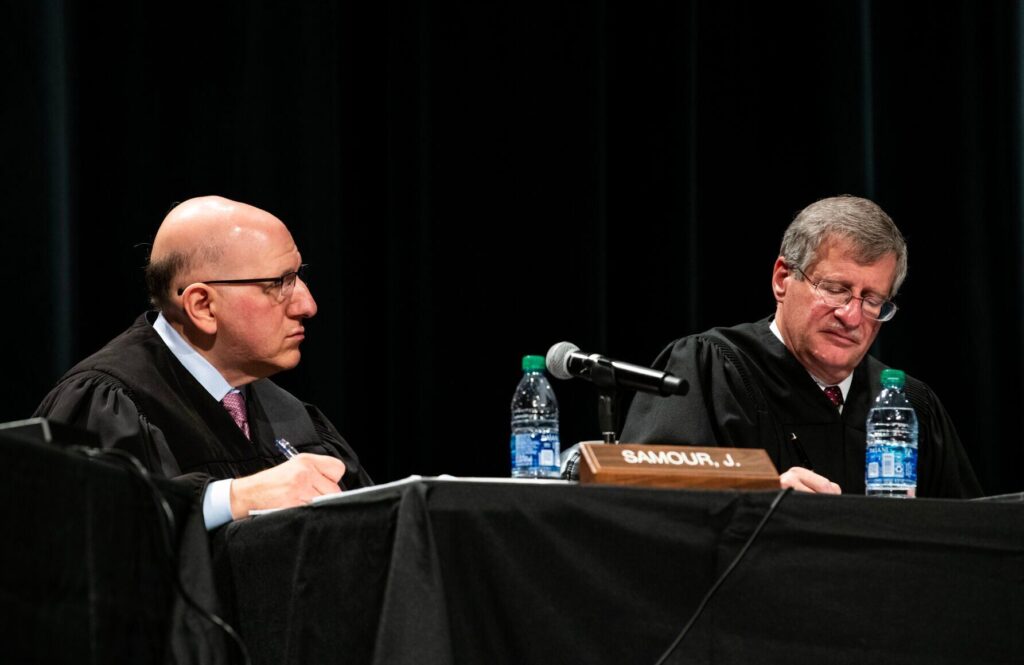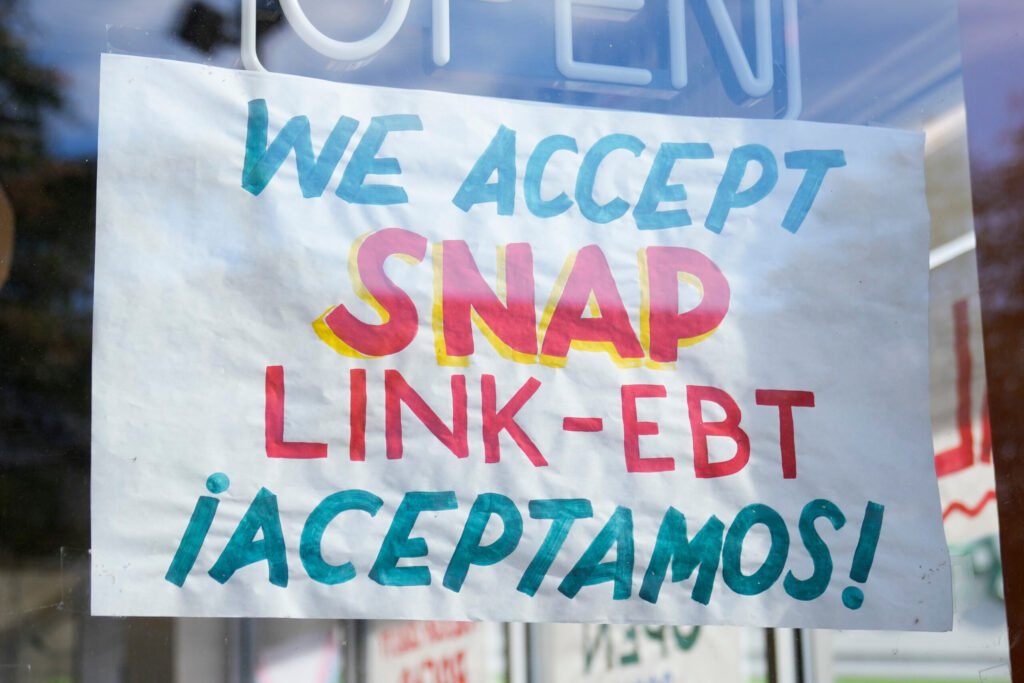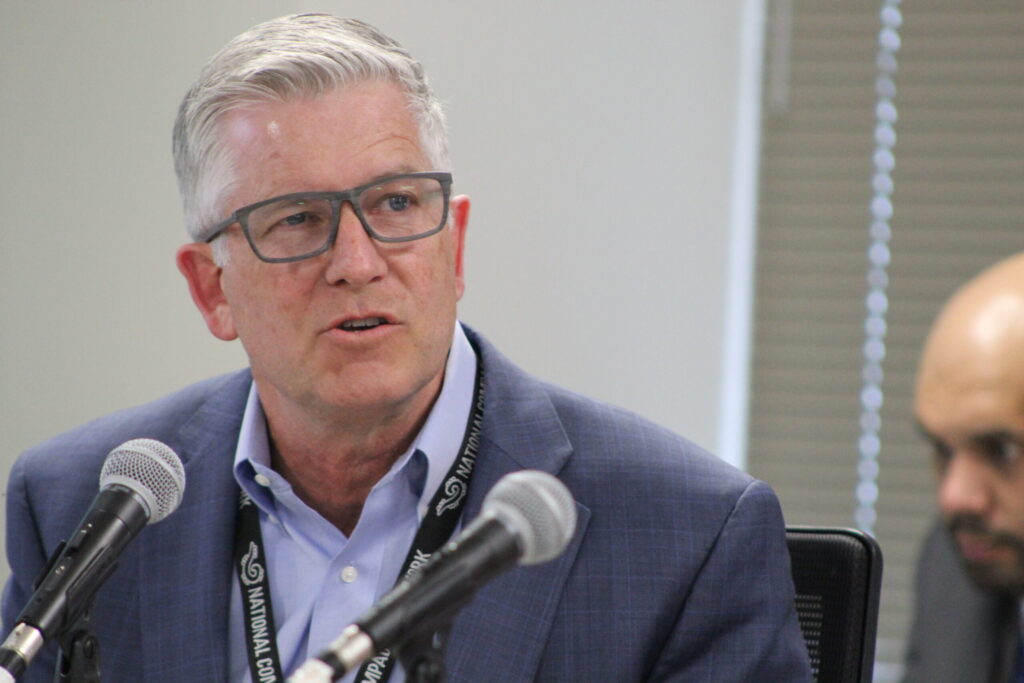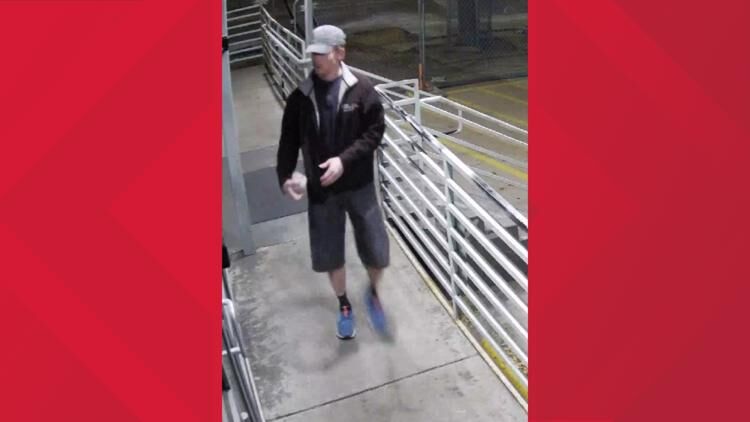Colorado’s high school graduation rates lag behind other states’, but new programs offer hope

Colorado’s four-year graduation rate has been creeping upward in this decade and is nearing 80 percent, but a 2017 report released earlier this month pegs it as the seventh worst in the nation.
“Graduation rates are definitely too low, and a lot of students who should graduate don’t because they lose sight,” said Natalia Taylor, this year’s valedictorian at Mesa Ridge High School in Widefield School District 3.
The eighth annual “Building A GradNation” report, made public May 3, analyzes data from all states through the class of 2015.
Colorado’s four-year graduation rate that year was 77.3 percent, compared with the national average of 83.2 percent.
Colorado’s rate climbed to 78.9 percent in 2016.
The GradNation numbers – which reflect students who complete high school within four years of entering as freshmen – don’t present the whole picture, said Judith Martinez, the Colorado Department of Education’s director of the Office of Dropout Prevention and Student Re-engagement.
“We’re learning that extended-year graduation rates are also important to look at because the conversation is about students completing high school with the skills they need for the next step,” she said.
While most students finish in four years, some – such as those with limited English-language abilities or in special education – are allowed by law to have more time to obtain credentials for a diploma.
When you look at those statistics, Colorado is holding its own, with a five-year graduation rate of 83.3 percent in 2015.
“That’s a big jump,” Martinez said. “Our story looks beyond time; it looks for efficiency and competency.”
Another factor that can skew Colorado’s statistics is that the state promotes “concurrent enrollment,” meaning high school students can take college courses as they’re earning their high school diplomas.
“They have the opportunity to stay for a fifth year but can’t be counted as graduates (in the fourth year), so it’s an unintended consequence of a great program,” said Robin Russel, graduation guidelines manager for the Colorado Department of Education.
Outperforming state averageThe Pikes Peak region’s 17 public school districts outperformed the state average last May, collectively tallying a graduation rate of 80.4 percent.
Students quit school or do not amass enough credits to graduate for various reasons.
“A lot of students have goals in their freshman year. But over time, things get in the way, whether that’s family or a job or even just friends in a group deciding it’s not the right thing to do,” Taylor said, adding that some of her friends didn’t graduate with the class of 2017. “They don’t have someone to hold them in high school.”
Some students drop out because “they don’t connect to a lot of people, or they think school is not worthwhile,” said Julianna Mattson, valedictorian at CIVA Charter High School, an arts-focused school in Colorado Springs School District 11.
“A lot of students see they can get something out of those low-end jobs kind of easily, so some don’t see the point of graduating,” Mattson said. “Especially if they don’t know what kind of career they want.”
Colorado’s lower-than-national averages are affected by the subgroup populations of students, according to GradNation:
“There have been gains, but more needs to be done to accelerate progress around subgroups of students,” Martinez said. “As a state, we’re committed to increasing opportunity to help students make the gains needed to graduate ready for the next step after high school.”
Alternative high schools, which serve students who have dropped out or are at risk of giving up on school due to problems such as substance abuse, adverse family situations or criminal backgrounds, also affect graduation rates and should be held more accountable for improving academic performance, the GradNation report concludes.
A ‘menu’ of ways to graduateHigh school can “zap kids’ passions” to the extent that they “don’t think high school is the way” to find what they love doing, said Carly Harold, student body president at Sand Creek High School in Falcon School District 49.
“Some don’t think the education system is built for how their minds work,” she said.
Colorado is working to fix that. The education department issued new graduation guidelines that take effect in the fall for freshmen in the class of 2021.
While each of the state’s 178 school districts sets its own graduation rules, they now must meet or exceed the new guidelines.
The requirements are changing, Russel said, because in 2007, business owners started asking legislators to establish standard measures for students to demonstrate college or career readiness.
In 2008, work groups consisting of hundreds of educators and others with vested interests began creating a “menu” of ways students can prove they are prepared to leave their high school days behind.
For example, students will be able to earn a certificate showing mastery in a profession, post a score of 4 or higher on an International Baccalaureate exam, pass an Armed Services Vocational Aptitude Battery exam indicating readiness for military service, score at least 430 in English and 460 in math on the SAT college entrance exam or excel in college courses while in high school, among other choices.
“There are multiple options for students, some very traditional, as well as measures that haven’t been tested before, such as work-based learning and industry-recognized credentials like a nursing or automotive certificate,” Russel said.
Students also must develop an individual career and academic plan, which Russel calls “a tool to help students and families investigate what could be the direction the student wants to take.”
“Districts are moving toward what is going to be the best way for each student to look into opportunities to experience and engage,” she said.
There’s no inkling yet of how the state’s new graduation requirements will affect graduation rates, though education officials hope they have a positive effect.
“We’re not going to see the full impact until we start graduating students in the class of 2021,” Russel said.
Teacher support is keyStudents have ideas about how to realize further improvements.
Quentin Price, valedictorian at Atlas Preparatory School, a charter middle and high school in Harrison School District 2, said teachers “play a huge role” in graduation rates.
“I have friends who struggled in middle school and really changed in high school because a teacher forced them to realize they needed to do something and not become just another statistic,” Price said. “If we want to improve graduation rates, we have to change the system of those most influencing students: teachers.”
Adults reminding teens of the importance of graduation also helps, Price said.
“It’s very impactful,” he said. “It’s like a pay-it-forward chain – a great teacher role model influences a student who, once understanding the benefits of hard work and graduating, can share that with friends and create a positive loop.”
Jilian Lahey, valedictorian at Doherty High School in Colorado Springs School District 11, said she was motivated by support at home and at school.
“Some people don’t have that connection,” she said, “from moving around, switching schools, broken families, other problems.”
Having enough school counselors to take a genuine interest in each student would help, Lahey said.
“It’s cool how me and my counselor have a friendship, and she looks out for me and has pushed me to my full potential.”














